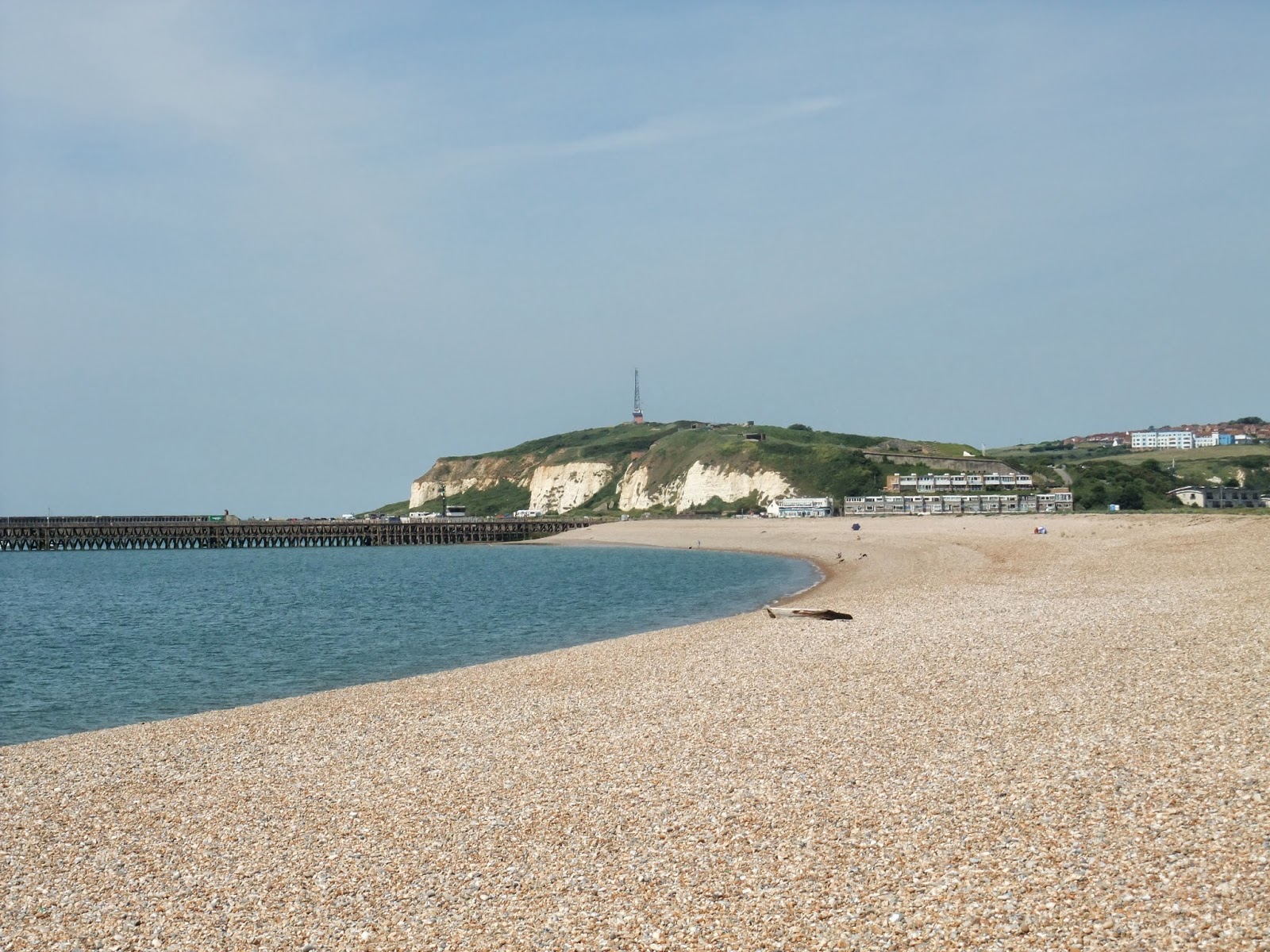The world is full of magic things, patiently waiting for our senses to grow sharper.
W.B. Yeats
The latest theme we've been covering in Galore Park's 'Junior English' is magical worlds. Every week, I look ahead at the reading list for the next chapter and buy or borrow copies of the books I think Charlie will like. Early one morning, when I was still struggling to wake up and drink my first cup of tea, I handed him one of my secondhand purchases, 'Fairy Tales', and was rewarded with silence for the next hour. He kept picking up the book at odd intervals throughout the day and had finished it by the afternoon.
The book is written by Monty Python's Terry Jones and illustrated by Michael Foreman. It features short magical tales with a moral, such as "Katy-Make-Sure", in which a little girl is
offered the chance to travel to Goblin City and get a reward from the King of the Goblins, but spends so
long deliberating about the trip that eventually the goblin takes back his offer.
Michael Rosen, former Children's Laureate, chose this collection of fairy tales as one of his five best children's stories of all time.
Using the 'Junior English' textbook, Charlie and I have read "A Witch's Song" from Roald Dahl's 'The Witches'. We looked at the rhyming pattern in the poem and I explained that it was written in rhyming couplets. Then Charlie read an extract from a book called 'The Secret World of Magic' by Rosaline Kerven and answered questions on it. I reminded him to answer in proper sentences (he'd much rather not).
One day, after Charlie had finished his morning's work, we tucked ourselves up in bed and I started to read him 'Harry Potter and the Philosopher's Stone'. For some reason best known to himself, he has always refused to read it, but he didn't protest when I read it to him. I shall continue to read him one or two chapters a day and then we'll see if he wants to continue with the series.
Continuing the theme of magic, this morning I asked Charlie to tell me what he thought were the key ingredients for a fairy story. He came up with: blacksmiths, princesses, princes, shops, castles, palaces, houses made of sweets, towers, forests, underwater kingdoms, fairy godmothers, giants, bad fairies, wolves, wands, hay [I think he was thinking of 'The Three Little Pigs'], stones, magic beans and magic carpets. A great list.
Then we watched this useful clip from the BBC's Learning Zone, which is providing us with a lot of helpful material at the moment: 'Fairytales - Ingredients and Influence'.
After that, I helped Charlie to write his own fairy tale, referring to Usborne's 'Write Your Own Story Book' for help.
Charlie is still spending a lot of time painting. We have continued to refer to the Usborne Art Treasury for inspiration.
 |
| Charlie's homage to Van Gogh |
 |
| His version of Monet's 'Water Lillies' |
 |
| My version of Rousseau's jungle paintings (featuring a much-loved kitten we once had) |
In addition to the painting and the writing, we have also found time to go swimming in a local pool (heated, this time) and to go for walks.
 |
| A walk in a local nature reserve came to an abrupt halt |
 |
| Flooding |
Charlie has also kept up with his old school friends, meeting up with them after school and at weekends.
Later this week, we are going on a day trip up to London.












































